
Giant Isopod
Giant Isopod
Giant Isopod
The Giant Isopod may look like an alien, but it is actually a relative of the pillbugs that inhabit the deep sea. Although it is called a pillbug, the Giant Isopod is much larger than you might expect, and its sight might surprise some. It has a somewhat eerie yet addictively charming nature, and it is currently gaining attention among deep-sea creatures. Here, I would like to delve into the ecology and characteristics of the Giant Isopod.
Giant Isopod Basic Infomation
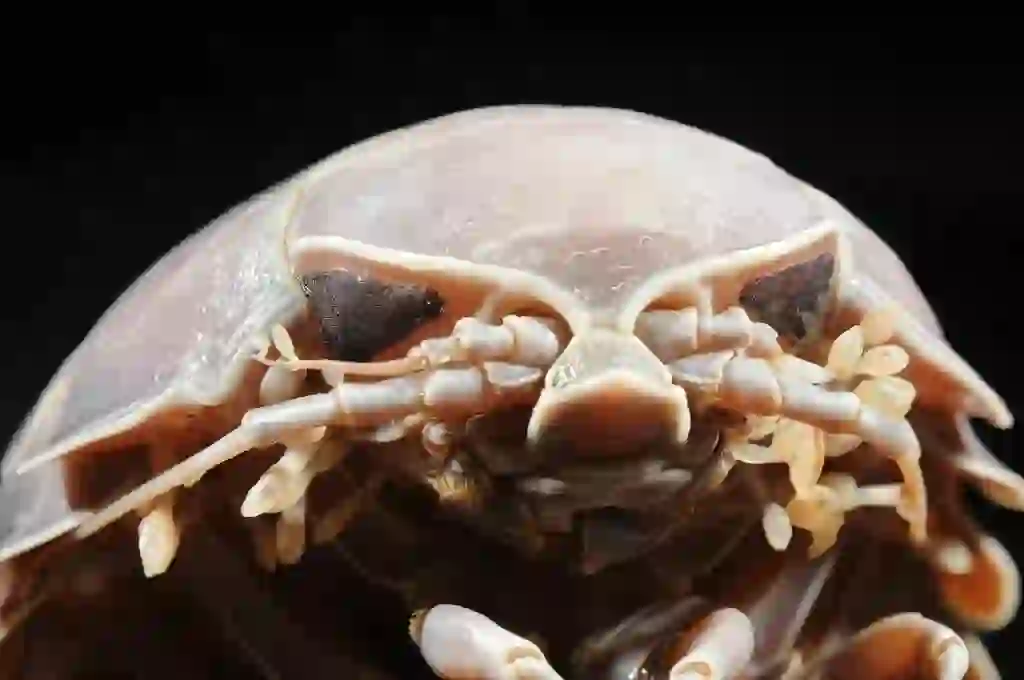
Phylum: Arthropoda, Order: Isopoda, Family: Cirolanidae
Body length: about 40 cm, Weight: 1.7 kg
The Giant Isopod is the largest of the isopods that inhabit water.
Relatives of the Giant Isopod include shrimps and crabs.
They are found in the deep seas worldwide at depths of about 170m to 2,140m, but they are most commonly found at depths of 200m to 800m in the Atlantic Ocean.
The common pillbugs we often see have a body length of about 1 to 1.5 cm, their relative, the Giant Sea Cucumber, has a body length of about 10 to 15 cm, but the Giant Isopod is even larger, with some individuals reaching about 50 cm.
The ecology of the Giant Isopod is still not well understood by scientists.
Researching deep-sea creatures is very challenging, and it is said that the study of the deep sea is not as advanced as the study of the moon's surface.
Giant Isopod Q&A

What is the origin of the name 'Giant Isopod'?
The part 'gusoku' in Giant Isopod comes from the Japanese word 'gusoku', meaning armor, as in samurai armor. The Giant Isopod is named so because of its resemblance to samurai armor and its robust exoskeleton.
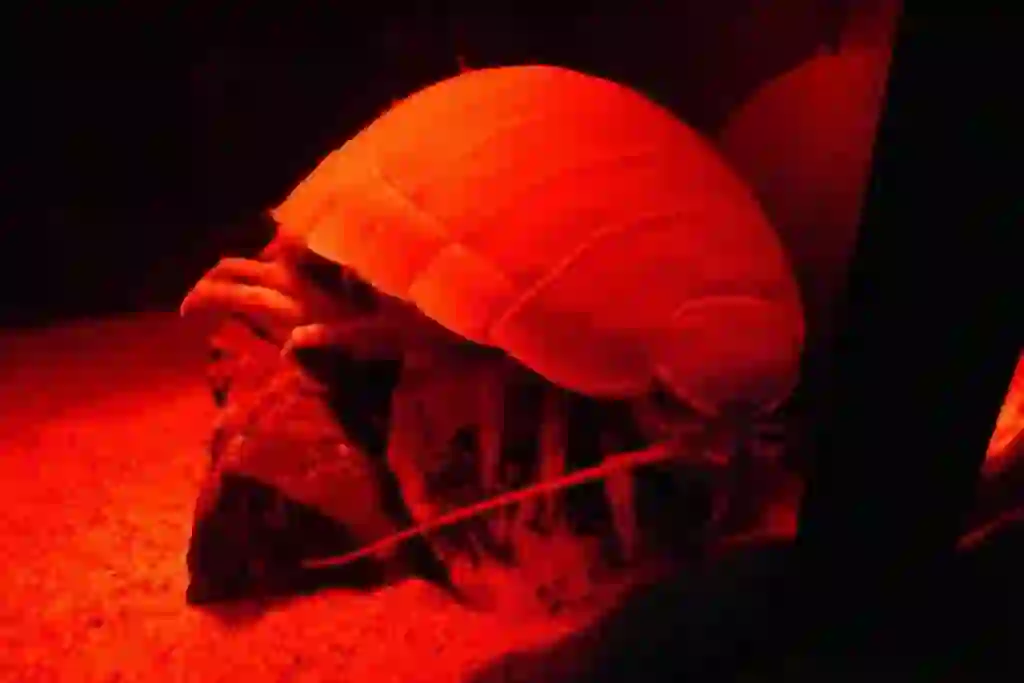
Why do Giant Isopods live there?
Giant Isopods have a hard shell covering their entire body, which enables them to withstand the high pressure of the deep sea. At depths of around 500m, the pressure is so intense that it can crush a metal bat. Giant Isopods are covered in a strong exoskeleton that allows them to survive such extreme conditions. Furthermore, Giant Isopods can survive long periods without food, which is beneficial in the deep sea where food is scarce.
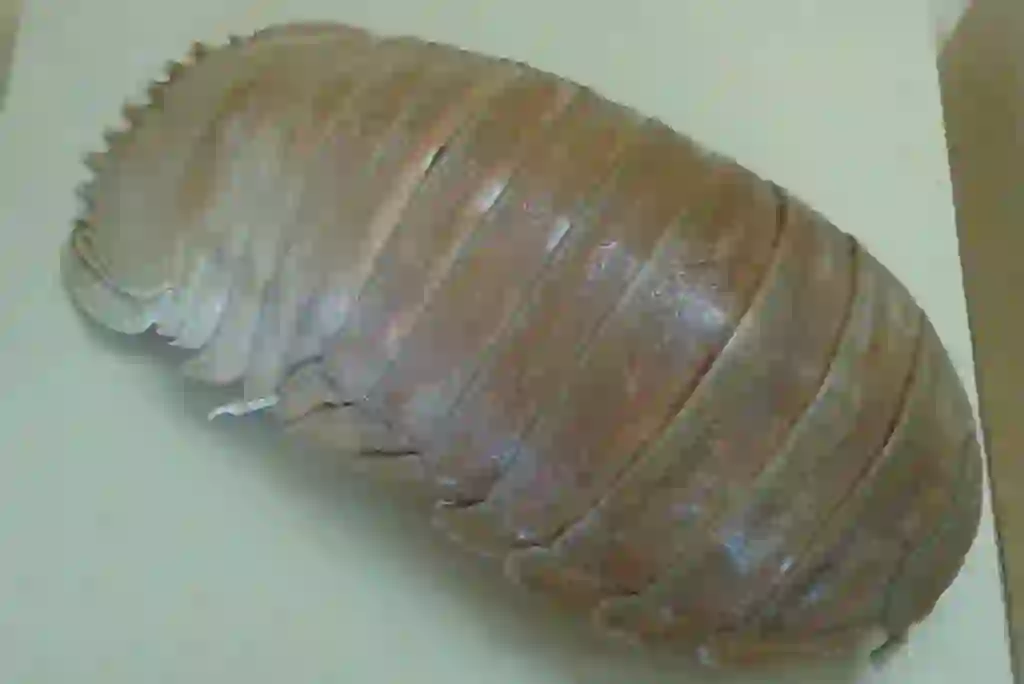
What do Giant Isopods eat?
Giant Isopods feed on the carcasses of whales, fish, and other animals. These dead creatures sink to the ocean floor, where Giant Isopods use their strong jaws to tear off pieces of flesh. This scavenging role has earned them the nickname 'cleaners of the deep sea.' There are also theories suggesting they might eat live sponges and sea cucumbers.
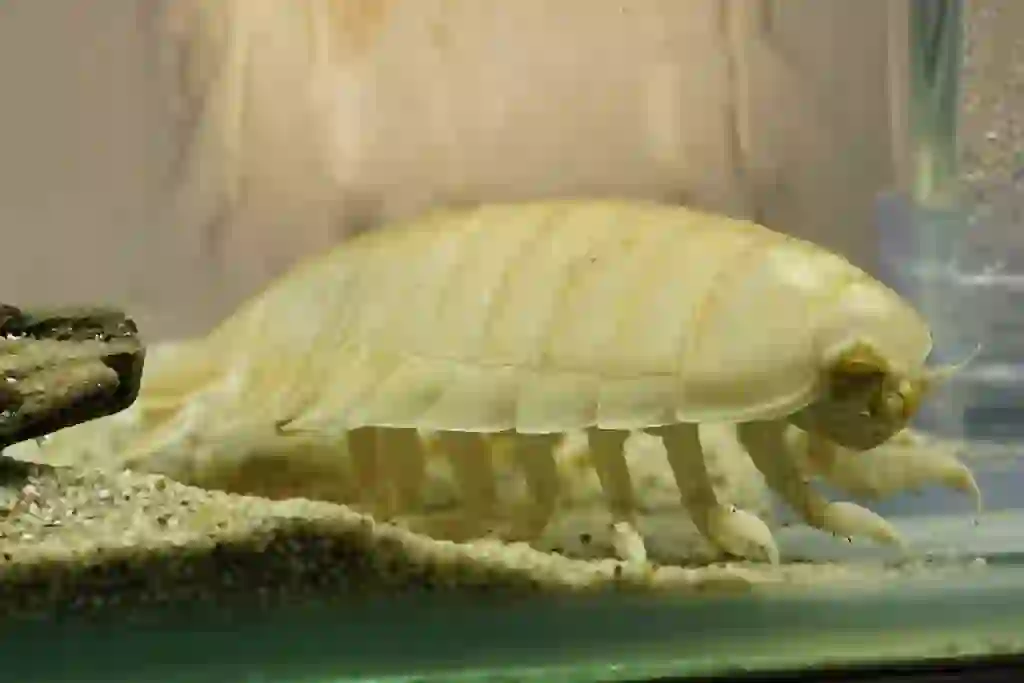
What is the difference between Giant Isopods and Giant Sea Cucumbers?
While they might seem similar, Giant Isopods and Giant Sea Cucumbers differ in a few key areas. Giant Sea Cucumbers can live in shallower waters and warmer temperatures than Giant Isopods. Also, Giant Sea Cucumbers require more frequent feeding compared to the more self-sufficient Giant Isopods. Additionally, their methods of intimidation differ; Giant Sea Cucumbers raise spines on their tails, while Giant Isopods secrete a black liquid.
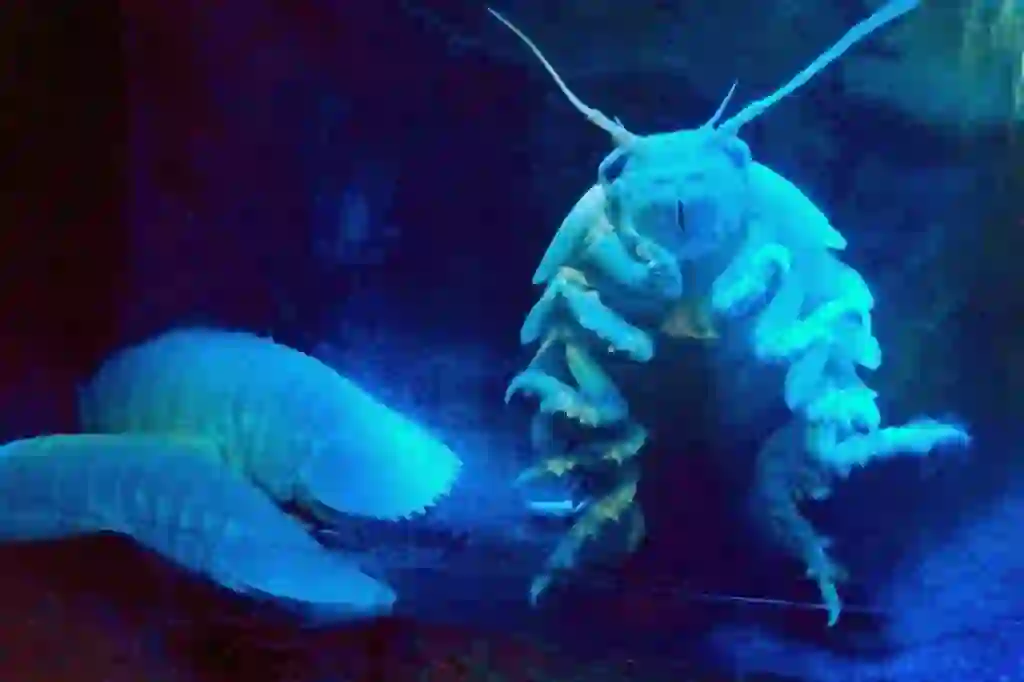
Why are Giant Isopods so large?
The size of the Giant Isopods can be attributed to the deep-sea environment where they live, which has fewer predators and allows for longer lifespans. The deep sea is colder and has fewer threats, allowing organisms like the Giant Isopod to grow larger and live longer. Their large bodies also help them regulate their body temperature in the cold water.
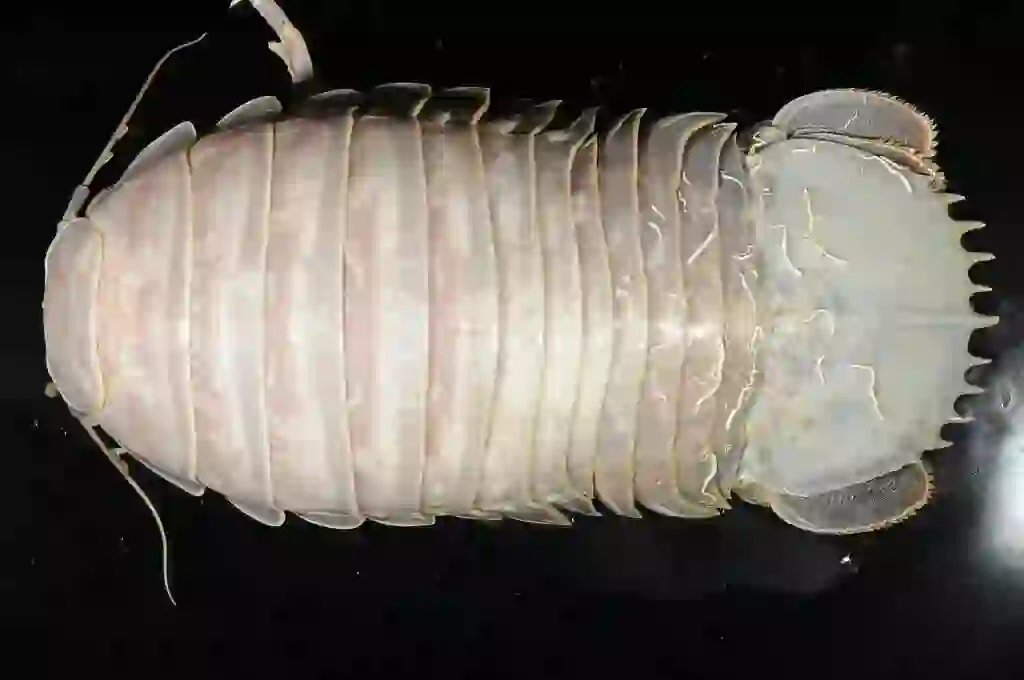
Can Giant Isopods curl up?
Like their smaller relatives, the pillbugs, Giant Isopods can curl up into a U-shape to protect themselves when threatened. However, unlike pillbugs, they cannot completely enclose their bodies into a perfect sphere.
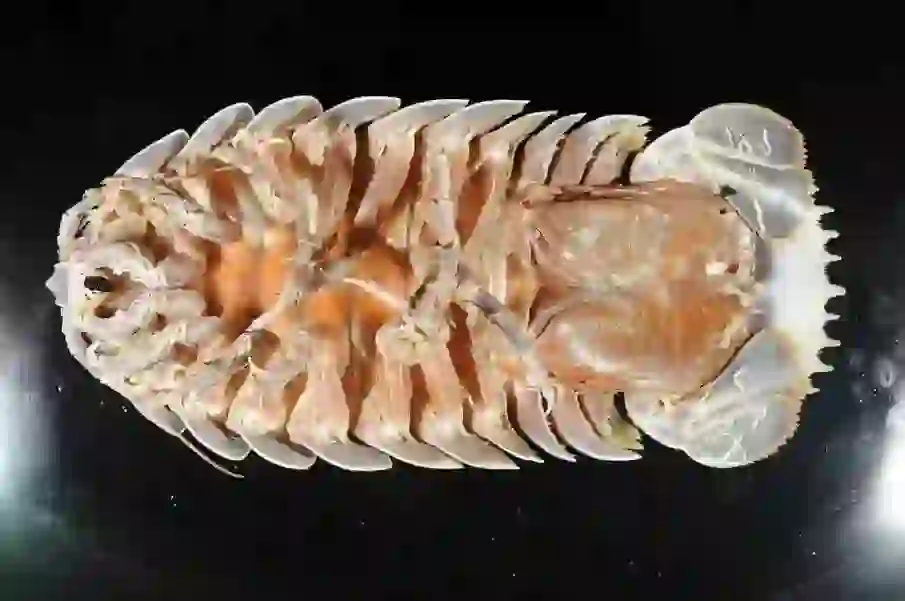
How do Giant Isopods reproduce?
Giant Isopods have males and females, with males identifiable by their reproductive organs. However, the specifics of their reproduction are not well understood because captive Giant Isopods have not been observed mating or reproducing.
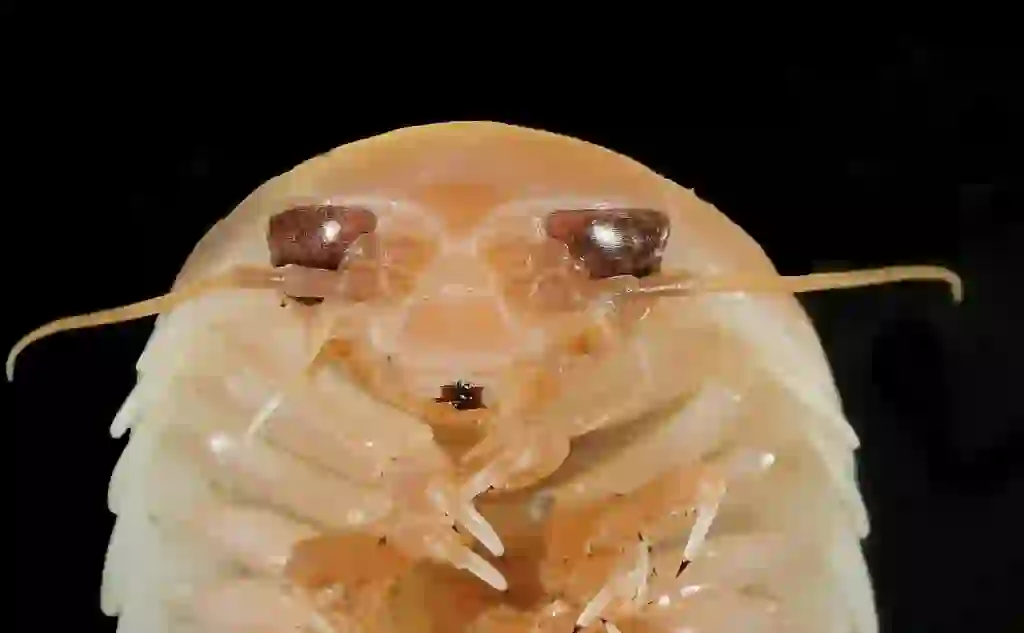
Can Giant Isopods survive without eating?
A Giant Isopod at Toba Aquarium in Mie Prefecture, Japan, survived for over five years without eating after consuming 50g of fish. Examination of its stomach post-mortem revealed no food, but it was filled with a liquid similar to yeast fungus, and the isopod's body weight had increased. This suggests that it did not die of starvation, raising questions about its unique metabolism and survival mechanisms.

Do Giant Isopods molt?
Yes, Giant Isopods do molt. In captivity, it has been observed that they molt in two stages, shedding the rear half of their exoskeleton first, followed by the front half a few days later.

Can Giant Isopods swim?
While typically seen crawling on the seabed, Giant Isopods can swim using their rear flaps and tail, typically swimming with their belly facing upwards. Although not commonly observed swimming in aquariums, their swimming ability is quite effective in their natural deep-sea environment.

How many segments do Giant Isopods have?
Unlike the common pillbug, which has 14 segments, Giant Isopods have 13 segments on their back. Each segment is covered with a large, hard exoskeleton plate, which is quite impressive to see.

Do Giant Isopods have 3,500 eyes?
Giant Isopods have compound eyes, with each eye consisting of about 3,500 small visual units. These are among the largest compound eyes in the arthropod group.

What is the lifespan of Giant Isopods?
The lifespan of Giant Isopods in the deep-sea environment is not well documented, but they are believed to live up to 50 years. However, this is still speculative as accurate data is lacking.

Are Giant Isopods tasty?
Giant Isopods are rarely caught due to their deep-sea habitat, and they often die before being brought to the surface. However, on rare occasions, Giant Isopods that have been caught are sold in markets and eaten in some regions. They are said to taste strongly of crab or shrimp, but they also have a strong odor, which might not be to everyone's liking.

How much does a Giant Isopod cost?
If you want to buy a Giant Isopod, they are sometimes available at specialist stores for about 200,000 yen. Keeping a deep-sea creature at home is very challenging, but if you're interested in owning a Giant Isopod, keep this in mind.

Would you like to become a part of the 'Animalbook.jp'?
Turn your knowledge into Q&A and share it with the world. ※Publication will be activated after purchase. Let's share information together!
Giant Isopod Type of List
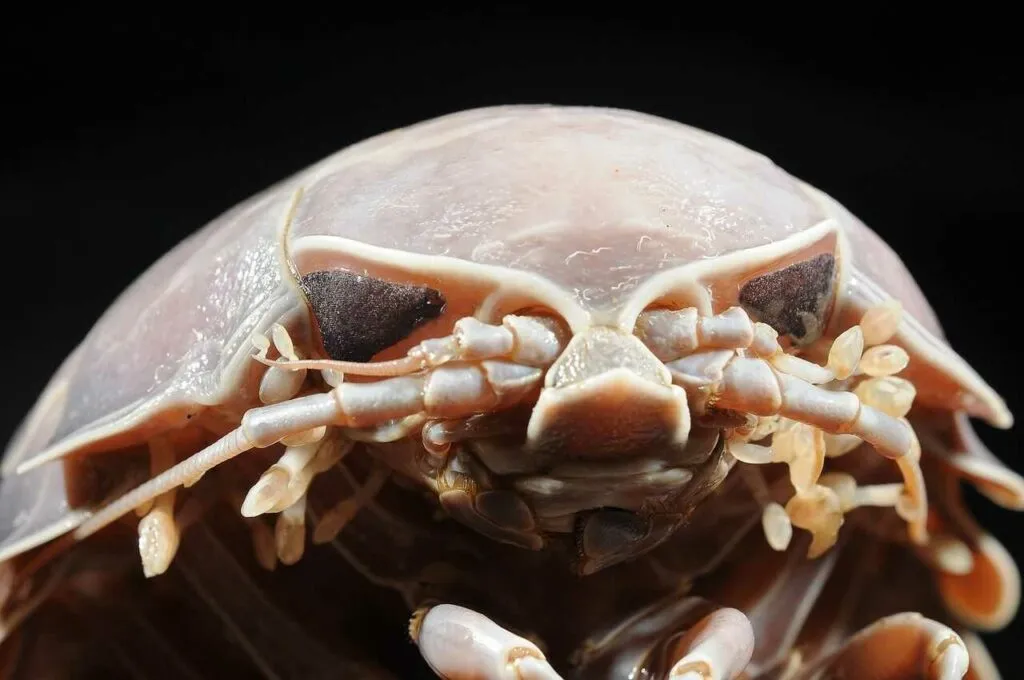
- Bashinomos
- Munna
- Japanese small isopod
- Woodlouse
- Long-legged isopod
- Giant sea cucumber
Information
Congratulations! You are the first commenter!

Create Your Favorite List!
Giant Isopod
Save the animals you love! Build your own list to quickly revisit your favorites later.

Would you like to leave a comment?
※Please note: This is for the purchase of rights to post comments within the article.
Find Your Favorites!
Our shop offers a unique and attractive selection of goods themed around various animals.
Giant Isopod References

- ・超キモイ!ブキミ深海生物のひみつ100 2017年8月1日 第1刷発行
- ・深海生物大集合 超ふしぎなダイオウグソクムシとびっくりエビたち 2014年12月19日初版第1刷発行
- ・学研の図鑑 LIVE(ライブ)ポケット 深海生物 2022年7月26日初版第1刷発行
- ・深海の生物 株式会社ポプラ社 2016年6月第1刷
- ・Wikipedia https://ja.wikipedia.org/wiki/ダイオウグソクムシ
- ・深海生物説明書 https://deepseafish.biz/archives/376
- ・るるぶKids https://kids.rurubu.jp/article/15379/#:~:text=深海魚は浅いところで,徐々に深いところへ。
- ・サンシャイン水族館 https://sunshinecity.jp/aquarium/animals/gusokumushi.html
- ・AQUA PICKS https://aquariumpicks.com/deep-sea-isopod
Giant Isopod Introduction of media used

Help Enrich Our Animalbook.jp with Your Media!
We are constantly looking to expand and enrich our Animalbook.jp with amazing photos and videos of animals. If you have any media that you'd like to share, please contribute and help us showcase the beauty and diversity of the animal kingdom. Your submissions will be credited and featured in our encyclopedia, reaching a wide audience of animal lovers.


















